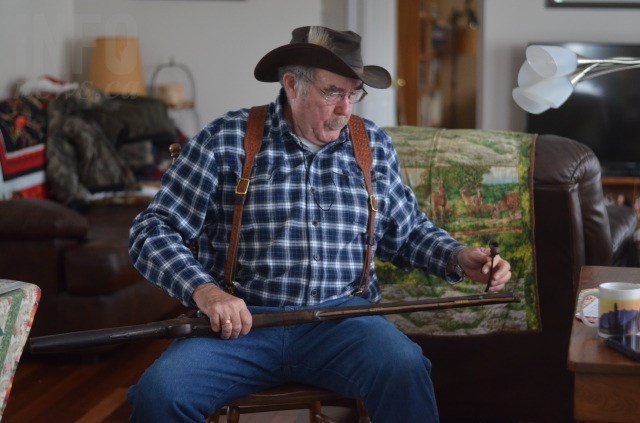
Lloyd Cushway at his home in Vernon.
(CHARLOTTE HELSTON / iNFOnews.ca)
January 06, 2018 - 6:30 PM
VERNON - When I pull up, Lloyd Cushway is standing on his front porch in Parker Cove, just outside the City of Vernon, smoking tobacco out of an old pipe.
The past two times I’ve spoken to him on the phone and asked ‘how are you today?’ the witty 79-year-old has responded ‘still here.’
Today he asks: “So what do you want to know?”
I’m here to interview Cushway about a donation he’s made to the Rocky Mountain Fort Museum in Taylor, B.C., close to where he was born and raised. The former trapper, prospector and big game guide recently gave his personal collection of some 200 artifacts, including furs and tools, as well as rare and unusual items like the skull of an elk with three antlers, to the museum.
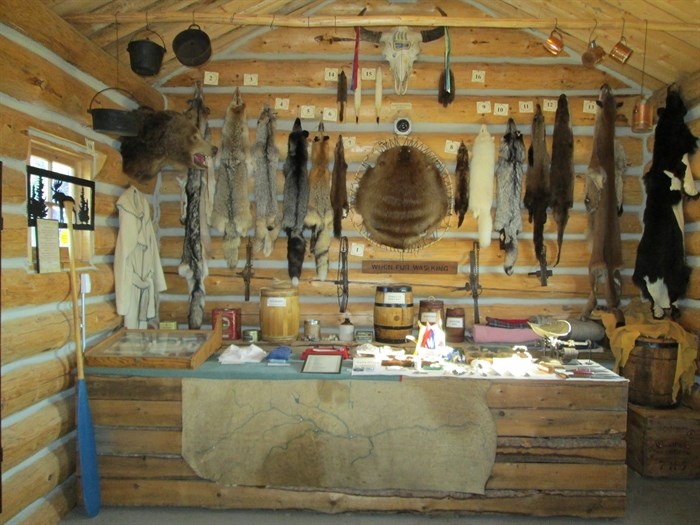
Cushway's artifacts on display at the museum in Taylor, B.C.
Image Credit: Submitted
“It got too big to carry around to shows,” Cushway says of the collection. “I could take a few things and the rest was in a box here and a box there.”
When asked how he acquired so many fascinating things, he says “by accident.”
“I was just always interested in it,” he says.
Born and raised in Baldonnel (formerly called Cushway Corners) near Fort St. John, Cushway spent a lot of time in the outdoors, learning how to hunt and trap.
“My uncles, my dad, they all trapped because that was the only way to make a living in those days,” he says.
A natural curiosity about the history of his home (and in particular the story of the North West Company fort that opened in 1796, believed to be the first non-Indigenous settlement in mainland B.C.) led him to acquire, over many years, a very unique collection of artifacts. He didn't know it at the time, but he was helping to preserve B.C. history.
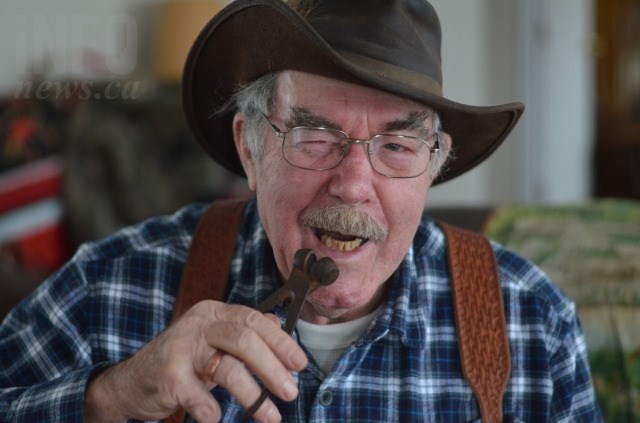
This old tool was used to make bullets (and sometimes used to pull teeth) Cushway says.
(CHARLOTTE HELSTON / iNFOnews.ca)
Some items were given to him, some he bought, and some he traded for. As an example, he brings out a metal candlestick holder with a large spike in it. You use it by driving the spike into a log to illuminate your workspace. Another item he fetches from his office looks like a small ice cream scoop. It was used to fashion bullets.
“Let’s face it,” he says. “If this stuff was up for sale someplace, what would somebody pay for it? A dollar? That’s the thing. It’s like an old photo album, it ain’t worth nothin’ to nobody unless they know what it is. All this stuff has to be explained.”
That’s why he’s relieved to have found a home for his legacy. He’s happy with how the museum turned out and glad the items will be on display, rather than sitting in boxes at his house.
An expert on all things related to early fur trading posts in northeastern B.C., Cushway also spent about two decades combing through old Hudson’s Bay Company ledgers and transcribing the original documents — something no one else had ever done.
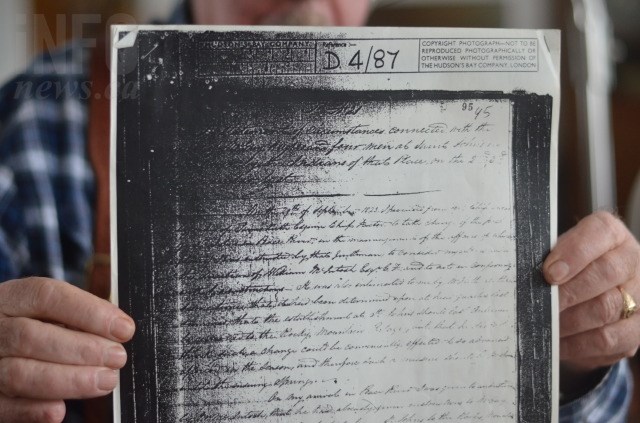
(CHARLOTTE HELSTON / iNFOnews.ca)
He spreads large photocopies of the ledgers out on the kitchen table to show me what he worked from. The cursive writing is barely legible, and the quality of the photocopy is quite poor. Not only that, the language used back then was very different from what we’re used to today.
“Very few people then were well educated so the spelling was atrocious — worse even than mine,” he says. “You also had old English, and Scottish, throw in a bunch of Frenchmen and it all got really mixed up. It was like playing detective.”
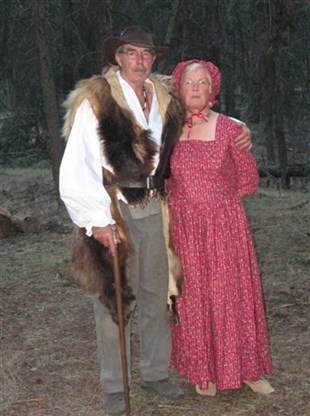
Lloyd with his wife Betty.
Image Credit: Submitted
The Hudson’s Bay archives in Winnipeg began sending him old papers and he would “muddle his way through it.”
“It was all based on my own curiosity,” he says. “The archives people said ‘you’ve got quite a lot of stuff here, you should put it in a book form.’ So I procrastinated and procrastinated, and finally I did.”
Few people are as passionate about history as Cushway and I ask him why it’s so important to him.
“Otherwise it gets lost,” he says.
For Cushway, most items in his collection are not only historical, they’re sentimental. Take the three-antlered elk, for instance.
“As far as we know there are only three of them in existence,” he says of the strange, mutated skulls. “This one, a lady shot it and it got away on her and died. The next year, we heard about it and decided to go look for it. It had run off and died in a beaver dam and that’s why no one could find it. When we went up there, the dam had washed out. Actually it was my son who was with us that found it. He gave it to dad.”
The skull — which Cushway describes as a combination of a moose, elk and unicorn — is now on display at the museum in Taylor, along with all the other relics, each with their own special story.

Elk with three antlers.
Image Credit: Submitted/ Lloyd Cushway
To contact a reporter for this story, email Charlotte Helston or call 250-309-5230 or email the editor. You can also submit photos, videos or news tips to the newsroom and be entered to win a monthly prize draw.
We welcome your comments and opinions on our stories but play nice. We won't censor or delete comments unless they contain off-topic statements or links, unnecessary vulgarity, false facts, spam or obviously fake profiles. If you have any concerns about what you see in comments, email the editor in the link above.
News from © iNFOnews, 2018